Digital Cameras Hacks
Recent Articles
Sort Options:

How and Where to Buy Used Camera Gear to Save Money
Purchasing used cameras and lenses offers significant savings and access to trendy retro digicams. The publication provides insights on navigating the used market to find quality equipment at a fraction of the cost.
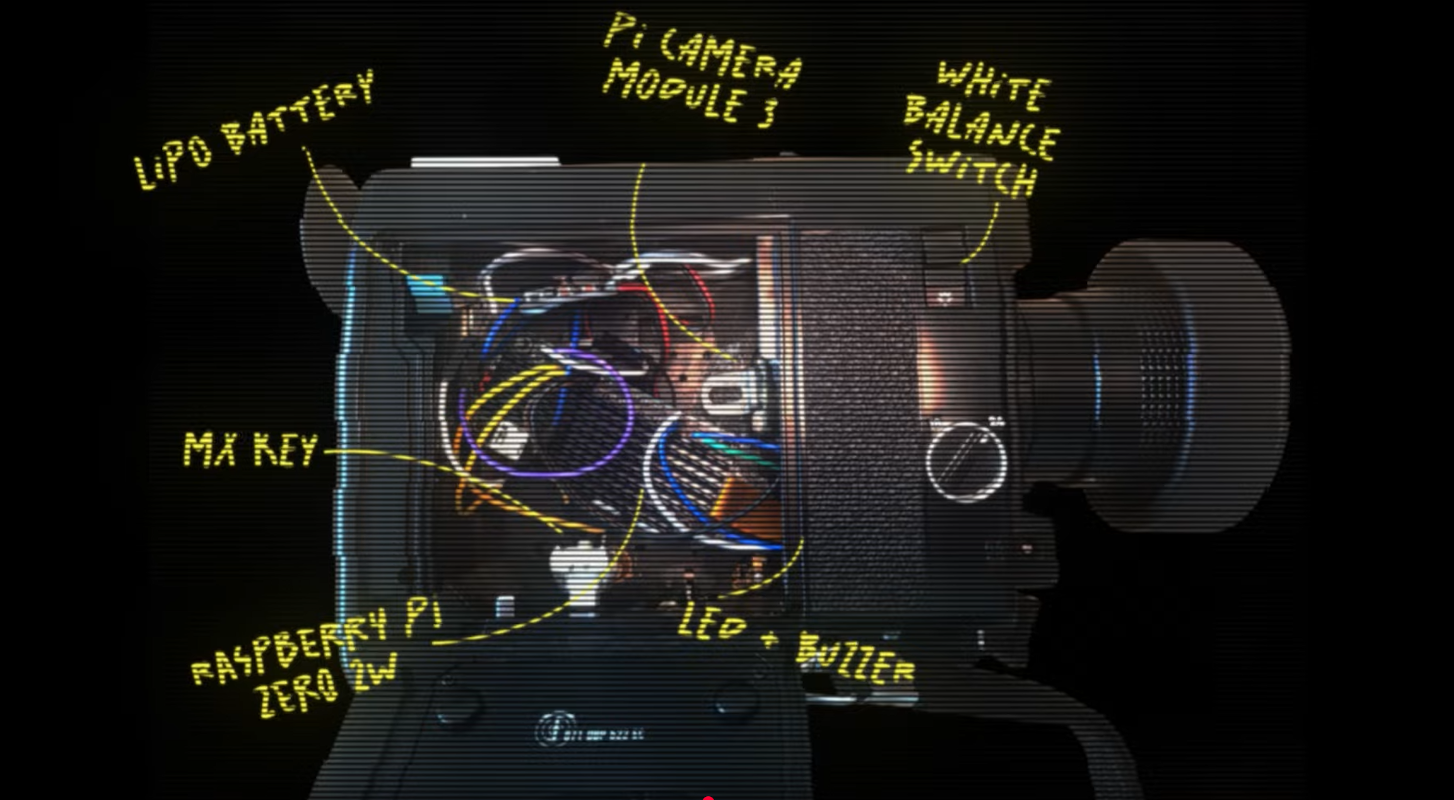
Super8 Camera Brought to the Modern World
Nico Rahardian Tangara retrofitted a Canon 514XL-S camera with modern technology, using a Raspberry Pi to capture high-definition footage while preserving the nostalgic 80s aesthetic. This innovative approach bridges vintage filmmaking with contemporary capabilities, evoking cherished memories of home videos.
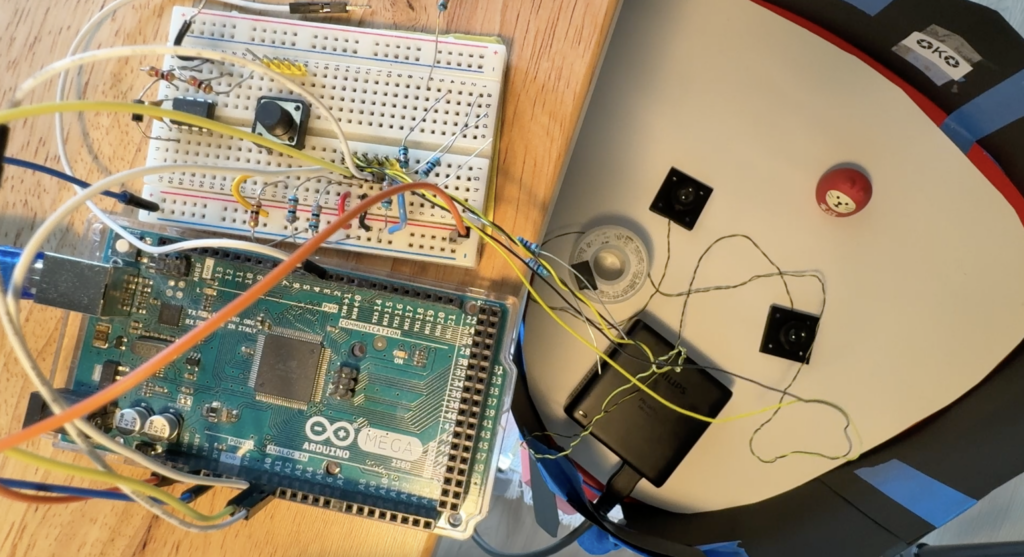
This 1D camera captures 2D images of things it can’t see
Jon Bumstead has developed an innovative 1D camera using an Arduino and a photoresistor, capturing 2D images by sequentially recording light points. This groundbreaking method showcases the potential of affordable technology in photography, even with indirect light sources.
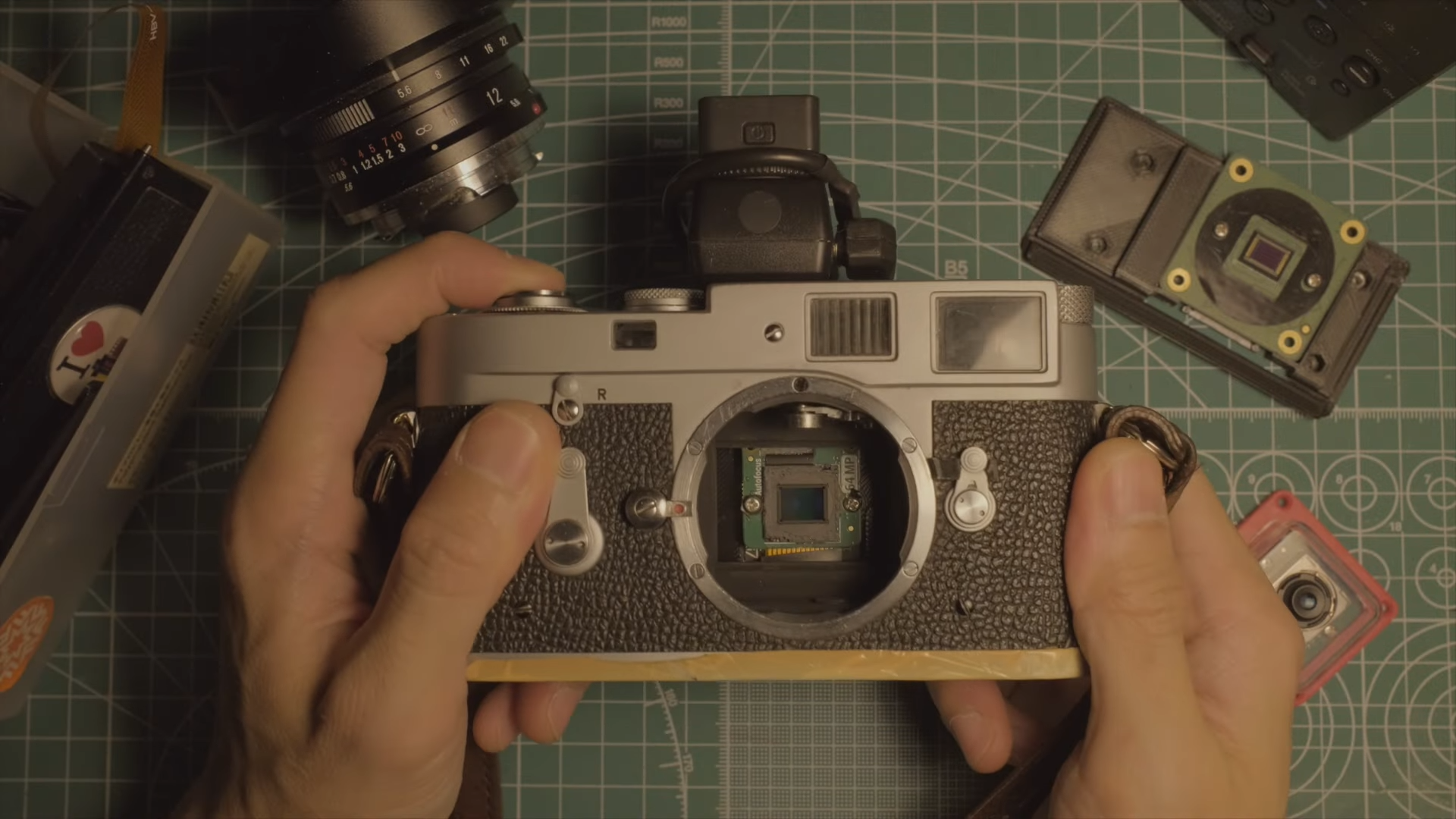
Digitally-Converted Leica Gets A 64-Megapixel Upgrade
Michael Suguitan enhances his Leica M2 conversion project, now dubbed LeicaM2Pi, featuring a 64-megapixel ArduCam sensor and improved functionality. This innovative upgrade allows for vibrant color photography and easy recharging, inspiring enthusiasts to explore digital conversions of classic cameras.

Varlens
A recent article explores how smartphones can now capture DSLR-quality photos, highlighting advancements in camera technology and software. The publication emphasizes the growing trend of mobile photography, making high-quality imaging accessible to everyone.
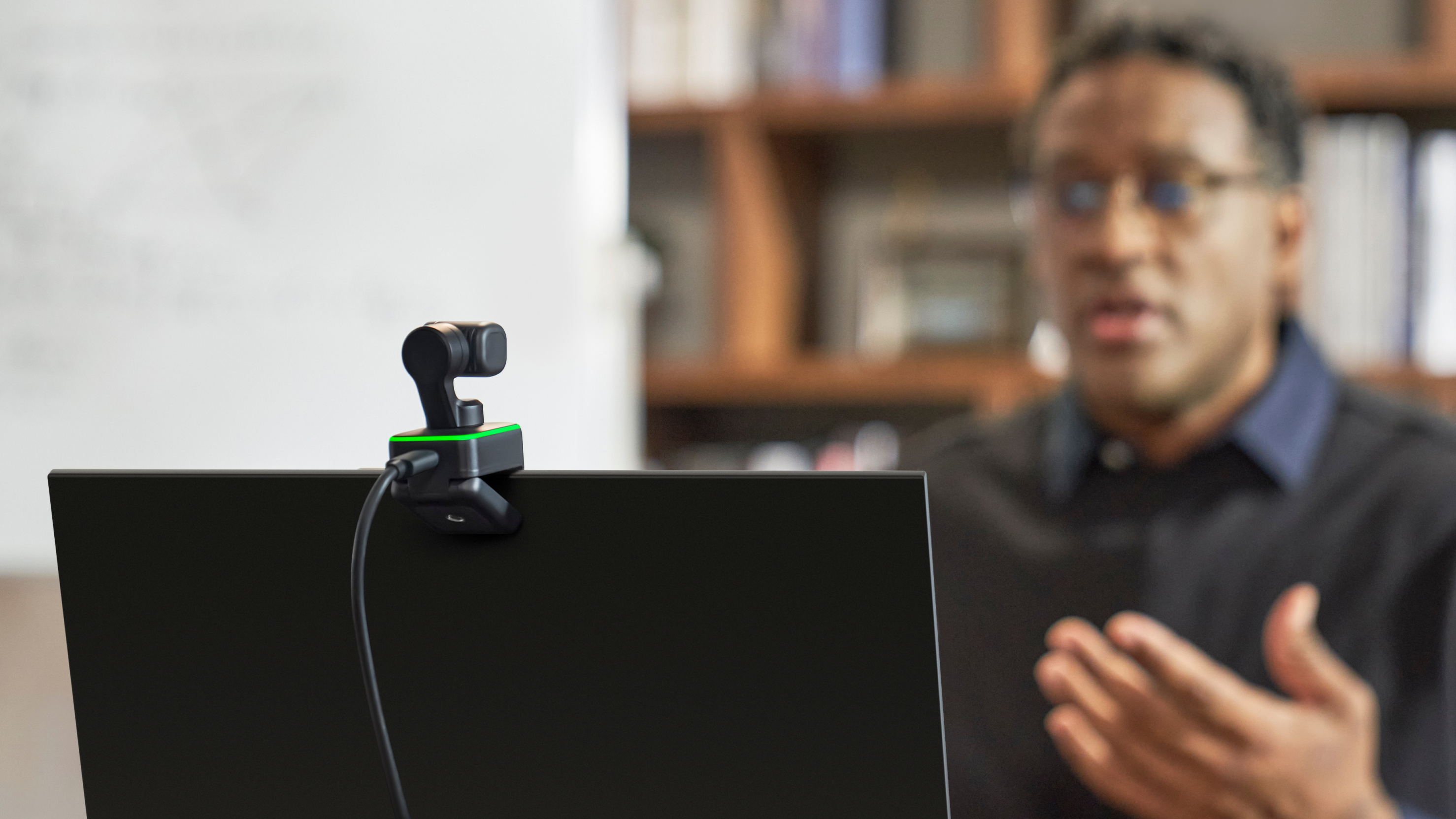
Researchers discover 40,000 private webcams exposed online: how to secure yours now
A recent report by Bitsight reveals over 40,000 unsecured webcams worldwide are exposing private lives online due to default passwords and outdated firmware. This alarming trend highlights the urgent need for improved security measures among users and manufacturers alike.

Exposed eyes: 40,000 security cameras vulnerable to remote hacking
A recent Bitsight report reveals over 40,000 internet-exposed security cameras are vulnerable to hacking, posing significant privacy risks. Many devices allow unauthorized access to live feeds, highlighting the urgent need for improved security measures among users.

40,000 Security Cameras Exposed to Remote Hacking
Bitsight has uncovered more than 40,000 security cameras vulnerable to remote hacking, raising significant concerns about privacy and security. This alarming discovery highlights the urgent need for enhanced cybersecurity measures in surveillance technology.
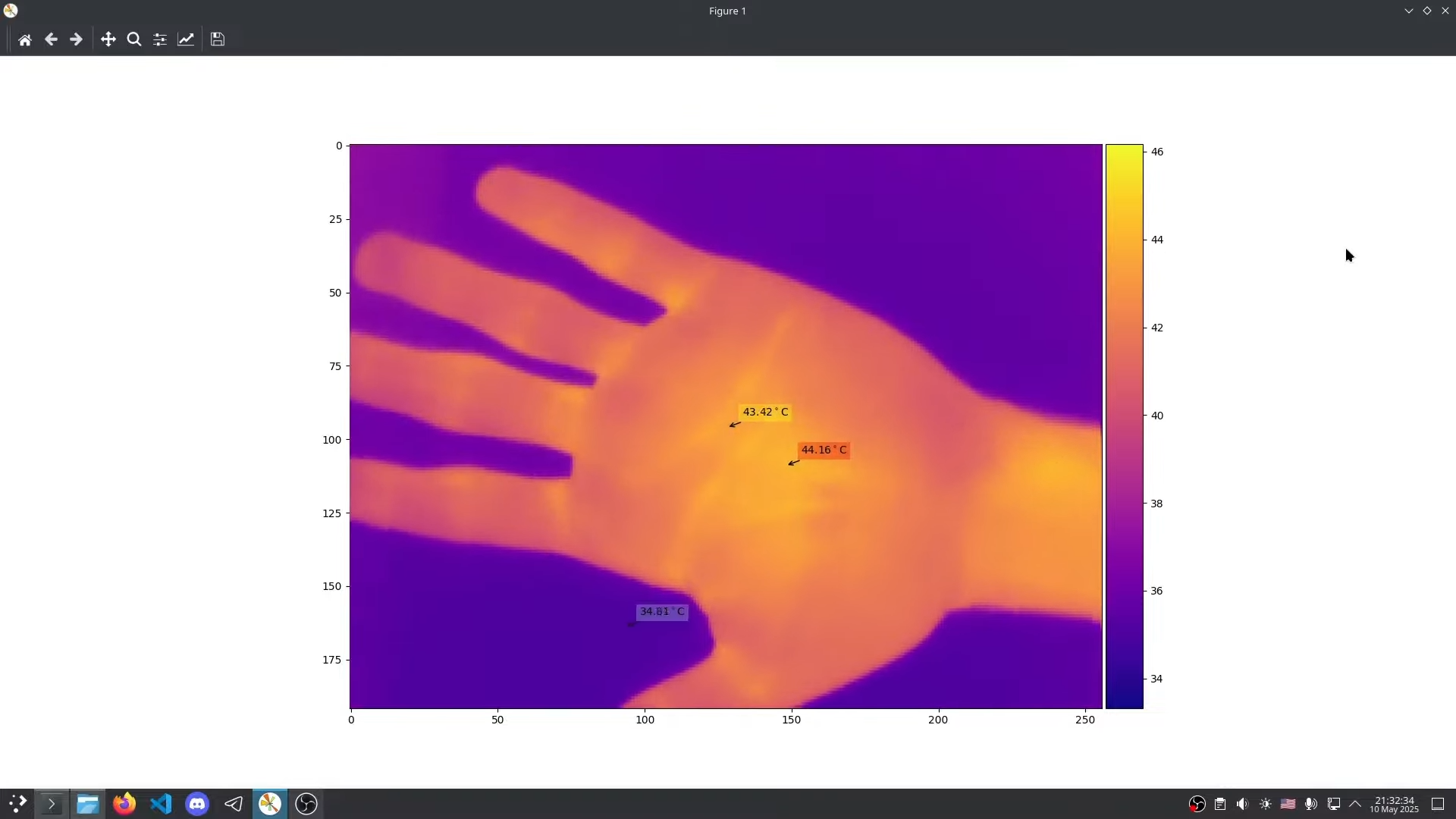
Tearing Down And Hacking The T2S+ Thermal Camera
Dmytro dissects the InfiRay T2S+ thermal camera, revealing its affordable design and potential for open-source firmware. However, he critiques its proprietary software and shares hacks to enhance calibration and image resolution, showcasing innovative thermal camera modifications.

Hack Aims for Polaroid, Hits Game Boy Camera Sweet Spot
Mellow Labs has created a unique instant camera using an ESP32-CAM and a thermal printer, reminiscent of the Game Boy Camera. This low-res, black-and-white project combines nostalgia with modern tech, showcasing creativity in DIY photography. Check out the build video for insights!
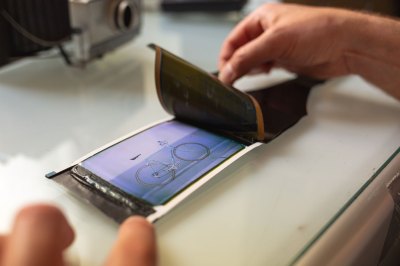
Falling Down The Land Camera Rabbit Hole
A recent exploration into the vintage Polaroid 104 camera reveals its fascinating instant photography process, highlighting the challenges of replicating its unique film technology. The authors encourage enthusiasts to embrace creative hacks and enjoy the retro photographic experience.